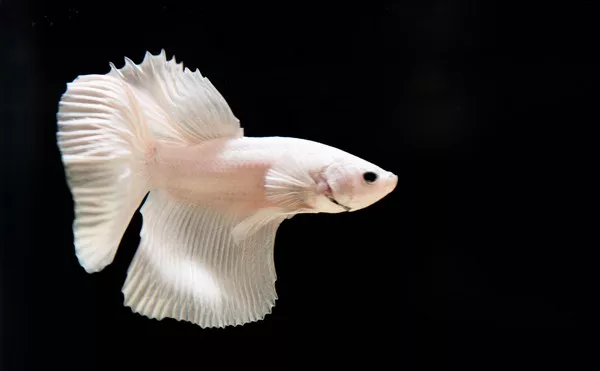Angelfish, known for their stunning beauty and graceful movements, are popular inhabitants of freshwater aquariums around the world. Observing their behaviors and interactions can lead to questions about how they communicate with one another. While angelfish may not communicate in the same way humans do, they do exhibit a range of behaviors that can be interpreted as forms of communication within their social hierarchy and environment. In this article, we will delve into the fascinating world of angelfish behavior and explore the ways they interact and potentially “talk” to each other.
Angelfish Social Structure
Angelfish are social creatures that establish complex hierarchies within their groups. In a group of angelfish, you will often find a dominant pair that takes on the role of leaders. These dominant individuals are usually the largest and most mature in the group. The communication between the dominant pair and other members of the group is facilitated through a combination of body language, visual cues, and specific behaviors.
Visual Communication:
Angelfish use visual cues to communicate with each other. One of the most prominent visual cues is their distinctive fin displays. When angelfish are interacting, they may raise their dorsal and anal fins as a display of dominance or to establish territorial boundaries. These fin displays are often accompanied by a change in color intensity, where the fish may darken their colors to assert dominance or lighten them to show submission.
Territorial Behavior:
Angelfish are known for their territorial nature, and part of their communication revolves around marking and defending their territory. They use fin displays, body postures, and even gentle nudges to signal to other fish that a certain area is claimed. Intruders or subordinate fish may receive warnings through these behaviors, leading to a clear hierarchy within the group.
Courtship and Reproductive Signals:
Communication between angelfish becomes especially apparent during courtship and reproductive activities. The dominant pair engages in intricate courtship displays involving swimming in tandem, fin flaring, and even nipping at each other’s fins. These behaviors signal the readiness to mate and establish the foundation for successful breeding.
Vocalizations and Auditory Communication:
While angelfish are not known for vocalizations like some other aquatic species, some researchers suggest that they may produce sounds that are beyond the range of human hearing. These sounds, if they do exist, could serve as additional forms of communication that are currently not fully understood.
Individual Personality and Learning:
Each angelfish has its unique personality, and their behaviors can be influenced by past experiences and interactions. They learn from their interactions with tank mates and adjust their behavior accordingly. This individual learning process may contribute to their overall communication dynamics within a group.
Conclusion
While angelfish do not communicate in the traditional sense of speaking or vocalizing, they engage in a complex array of behaviors and visual cues that serve as their language of communication. From fin displays to territorial behaviors, courtship rituals, and potentially even subtle sounds, angelfish interact and convey information within their social structures. Observing and understanding these behaviors allows aquarists to provide suitable environments and companions for their angelfish, fostering a harmonious and dynamic aquarium community. The silent conversations and interactions among angelfish offer a glimpse into the intricate world of aquatic life and remind us of the beauty and diversity that exists beneath the water’s surface.
Recommended reading:


























